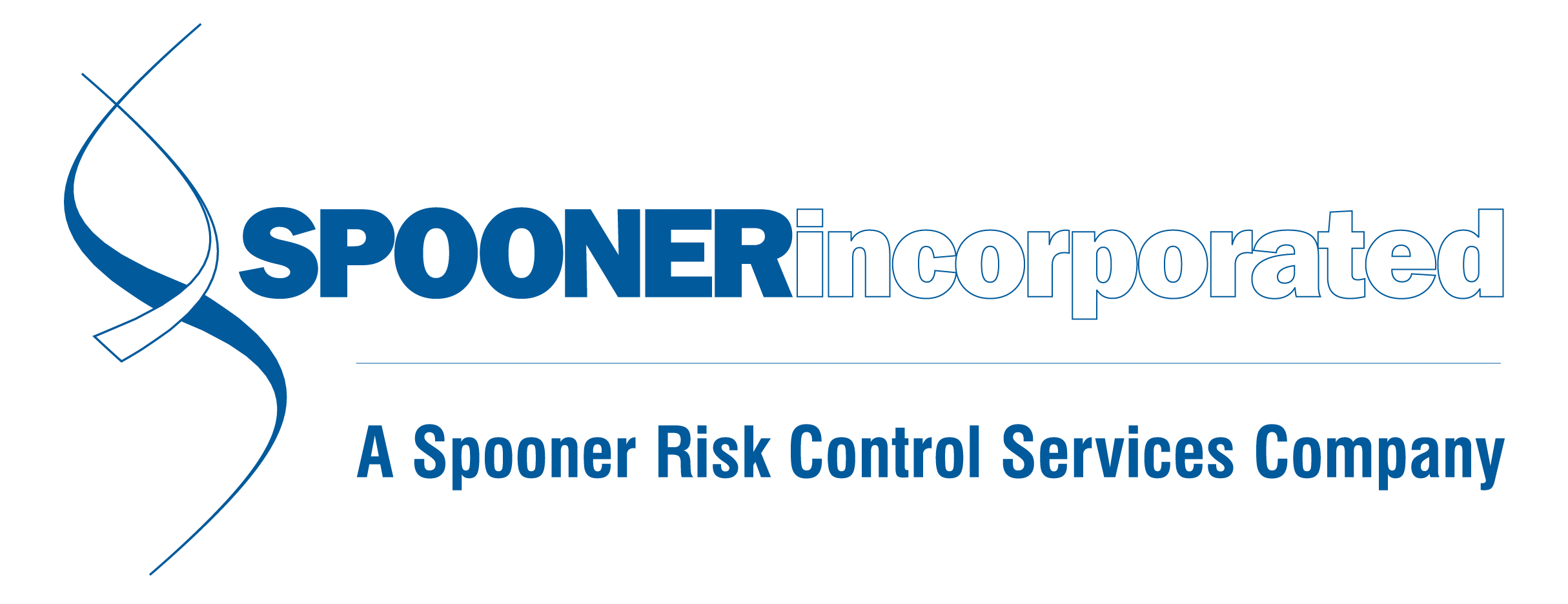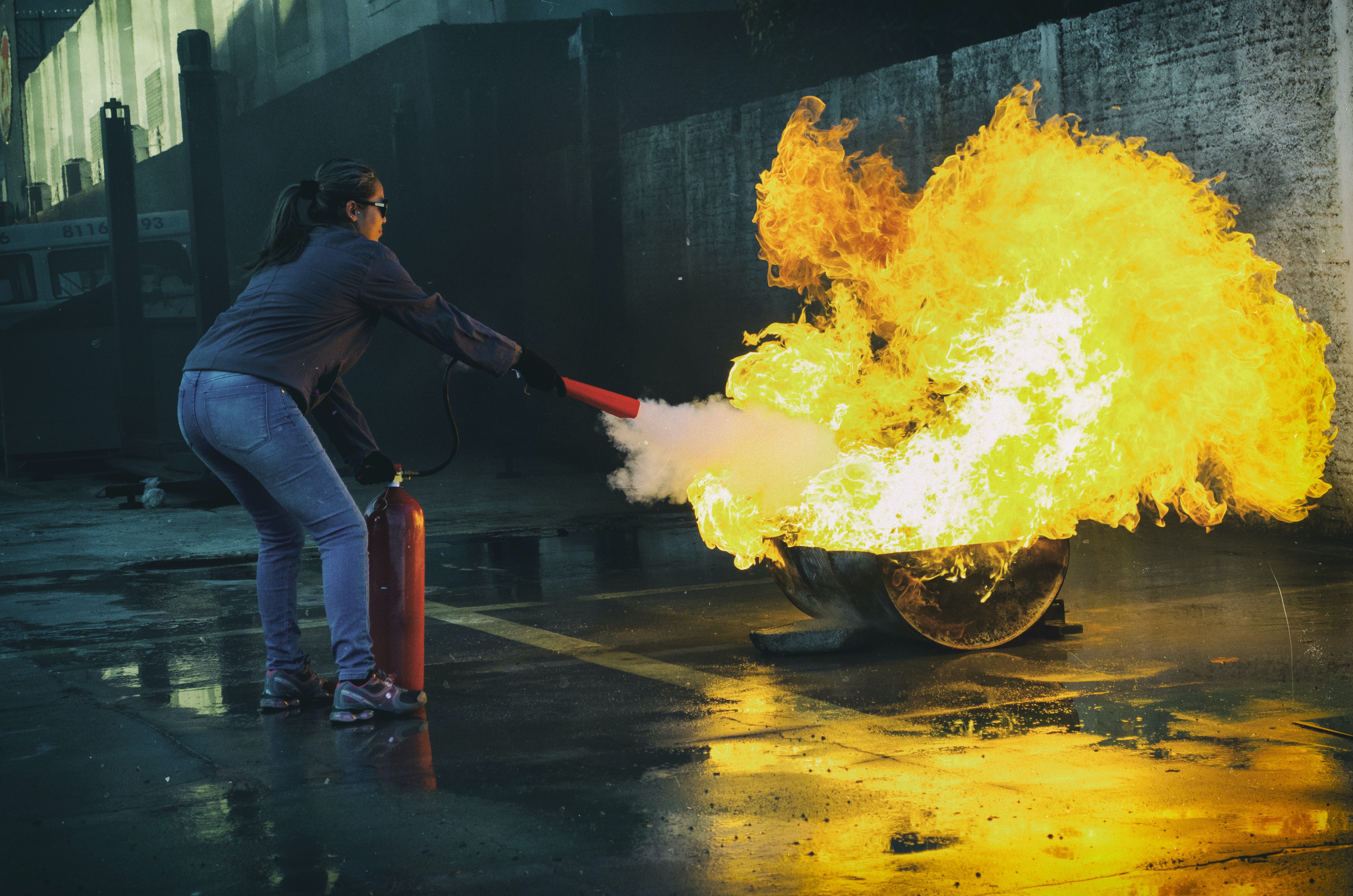News and Updates
Category: Workplace Safety
Tips for National Fire Safety Month
Did you know that October is National Fire Safety month? This is a great time for businesses to revisit their workplace fire safety plans, as well as any other Emergency Action Plans. Based on data from the Bureau of Labor Statistics, over 125 deaths occur on average each year from workplace fires – many of which can be prevented from regular reviews, maintenance and inspections. Minimizing workplace fire hazards is the first step in preventing fires – so how do you recognize these issues? Report any electrical hazard you see, such as faulty or bad wiring. Frayed or damaged electrical cords, as well as damaged electrical outlets/receptacles are a common reason for fires to start. Ensure that flammables are stored properly. If your company uses or facilitates flammables, they must be stored in a flammables cabinet, and inspected regularly. Regularly inspect fire-prone areas like employee break rooms, electrical storage or server rooms, and laboratories/areas where flammables or chemicals are stored. Reviewing your emergency plans, exit routes, and drills to look for “holes” in your system or plans. Properly maintaining your fire suppression system, extinguishers, and providing employee training on fire safety. Most offices or workplaces utilize ABC fire extinguishers, which can extinguish ordinary combustibles, flammable liquids, and energized electrical equipment. Knowing how to properly use fire extinguishers is important, following
Spooky, but Safe!
Lily Spooner, taking a break from her coven duties to see who has treats. It’s close to midnight, and something evil’s lurking in the…break room? There’s no time of year quite like Halloween to turn up the fun at work. Carry-ins, costume contests, decorations, and candy can bring even the more introverted employees out of their shells. The same environment can also work Halloween-lovers into a lather with complicated costumes, pranks and jump scares. Believe it or not, Halloween hijinks in the workplace have resulted in quite a few workers’ comp claims. The staff at Spooner loves a good spooky time, so we’ll share some tips that will allow you to keep the festivities going – and keep them safe. Costumes There’s always at least one person who’s worked on their costume for weeks and can’t wait to debut it for the contest at work. If you’re planning on allowing employees to wear costumes to work, you may want to lay a few ground rules ahead of time. Loose/flowy (dresses, sleeves, capes, etc.) – Anything below ankle length is likely to get stepped on or caught on something, even in an office environment. Long, flowy sleeves or loose fabric is even more dangerous in an industrial setting, where it could get caught in machinery. Bulky costumes – Everyone gets a kick out of the T-rex costume until things start getting knocked over. Better to save these costumes for passing out candy
Workplace Training with the Biggest Possible ROI: Saving a Life!
The skills we teach our employees rarely have much cross-over or impact in our personal lives. One skill you can arm your workers with that will be valuable from every angle is the ability to help save someone’s life. Heart disease is the leading cause of death in the U.S., claiming over half a million lives each year. 88% of those deaths occur when someone suffers from cardiac arrest outside of a hospital, because most bystanders don’t have any CPR knowledge. Everyone knows to call 911, but a lot can happen before paramedics arrive. Brain death begins 4-6 minutes after the heart stops “breathing.” CPR helps keep blood flowing to vital organs and lowers the chances of permanent damage. If CPR is started within the first two minutes of a cardiac event, that person’s chances of survival double. Training your employees in first aid is also incredibly valuable both inside and outside of work. Having the knowledge to treat everyday injuries like burns and lacerations, spotting concussions, and stopping a bleed could save a life or prevent serious, lifelong damage. Employees are statistically more likely to utilize these skills outside of work, but arming them with the knowledge to help in any arena is invaluable. Protect yo
OSHA 300A Submissions
It’s time for employers to submit and post their OSHA 300A. Here are some pointers to guide you through the process. More resources can be found on OSHA.gov. Electronic Submission: Go to https://www.osha.gov/injuryreporting/ Click the red “Launch injury tracking application” button on right and follow the instructions Details: Who - Establishments with 250 or more employees that are currently required to keep OSHA injury and illness records, and establishments with 20-249 employees that are classified in certain industries with historically high rates of occupational injuries and/or illnesses. Visit the OSHA website for list of “certain industries”. What - Covered establishments must electronically submit information from their OSHA Form 300A. When - In 2022, covered establishments must submit information from their completed 2021 Form 300A by March 2. How – OSHA provides a secure website that offers three options for data submission. First, users can manually enter data into a web form. Second, users can upload a CSV file to process multiple establishments at the same time. Last, users of automated recordkeeping systems will have the ability to transmit data electronically via an API (application programming interface). View the CSV instructions Download a CSV file template Download a CSV sample file View the API technical
Be Prepared for OSHA’s Omnipresence
The advertisement on the front page of OSHA.gov says a lot: “OSHA is Hiring! Apply Now.” Workplace safety enforcement has added significant manpower and has been much more active than in previous years. Inspections have increased in number, as well as in breadth and depth, which is why it’s a great time to give your company a safety tune-up. There have been plenty of distractions in 2021, which may have led to a reduction in attention to detail with required compliance programs. Pair that with the new administration's aggressive OSHA stance, and your company should have a renewed desire to review their OSHA Compliance. This should include all of your written programs, as well as sub-elements under those programs. When is the last time you have updated your health and safety written programs? When is the last time you checked to ensure all of your training is up to date and documented? When is the last time you completed a safety walk-through of your facility, with corrective action taken for any identified discrepancies? What are your compliance weaknesses (or maybe you’re not even sure)? What are the underlying safety deficiencies contributing to your workplace injuries, leaving you vulnerable to OSHA penalties, and what are you doing to correct those issues? These are the types of questions that our Spooner Safety team can help you answer, and get you on the right track



